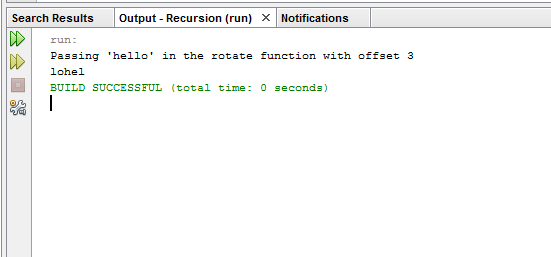ERD of a multi-tenant database that records customers
Entity Relationship Diagram ERD of a multi-tenant database that records customers and some customer information types like temperature, humidity, etc. The most important thing is that it is MULTI-TENANT and it can add INFORMATION TYPES. Use Case 1: I am a customer A and I want to add a temperature field and I am the only one who can see it Use Case 2: I am a customer B and I want to add a humidity field and I am the only one who can see it Use Case 3: I am the system administrator and I can modify temperature field created by customer A and expose it to customer B. CONTACT DETAILS For any other questions or other tasks please feel free to contact me via email: mhassnainjamil@gmail.com via WhatsApp: +92-324-7042178 via skype: hassnainjamil1




